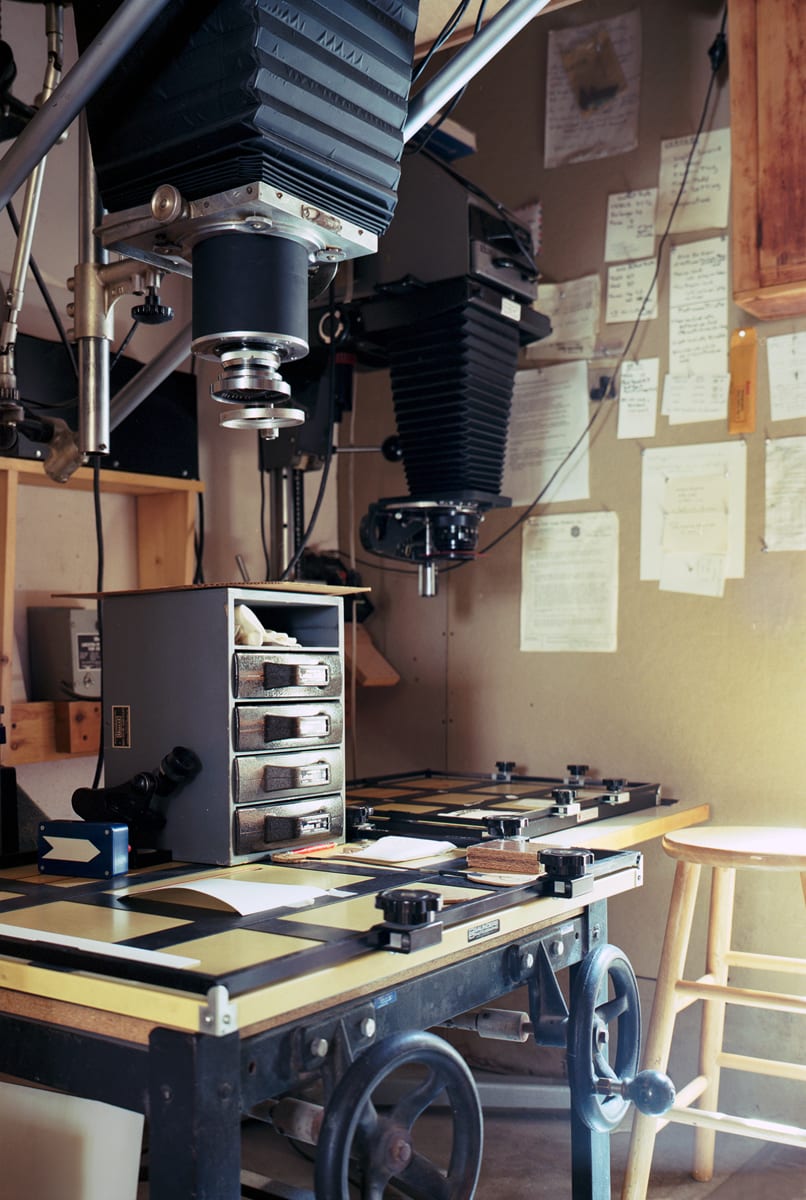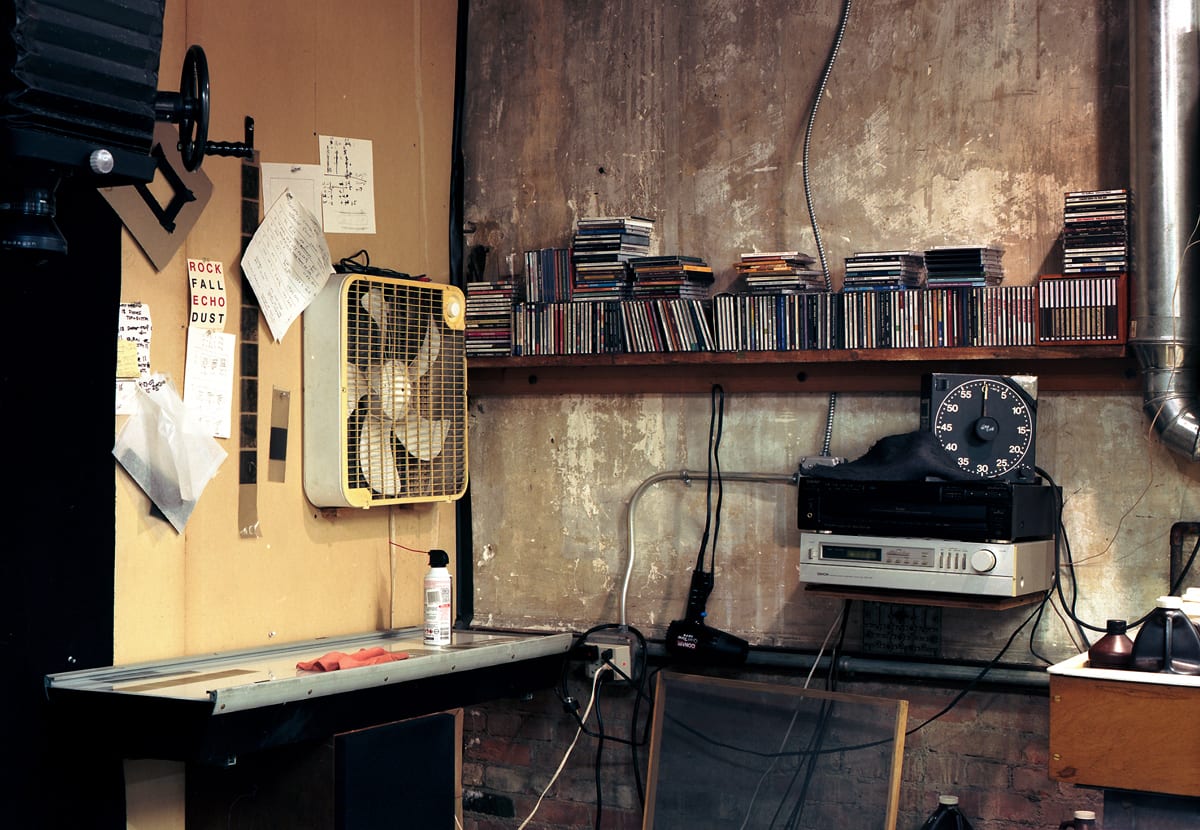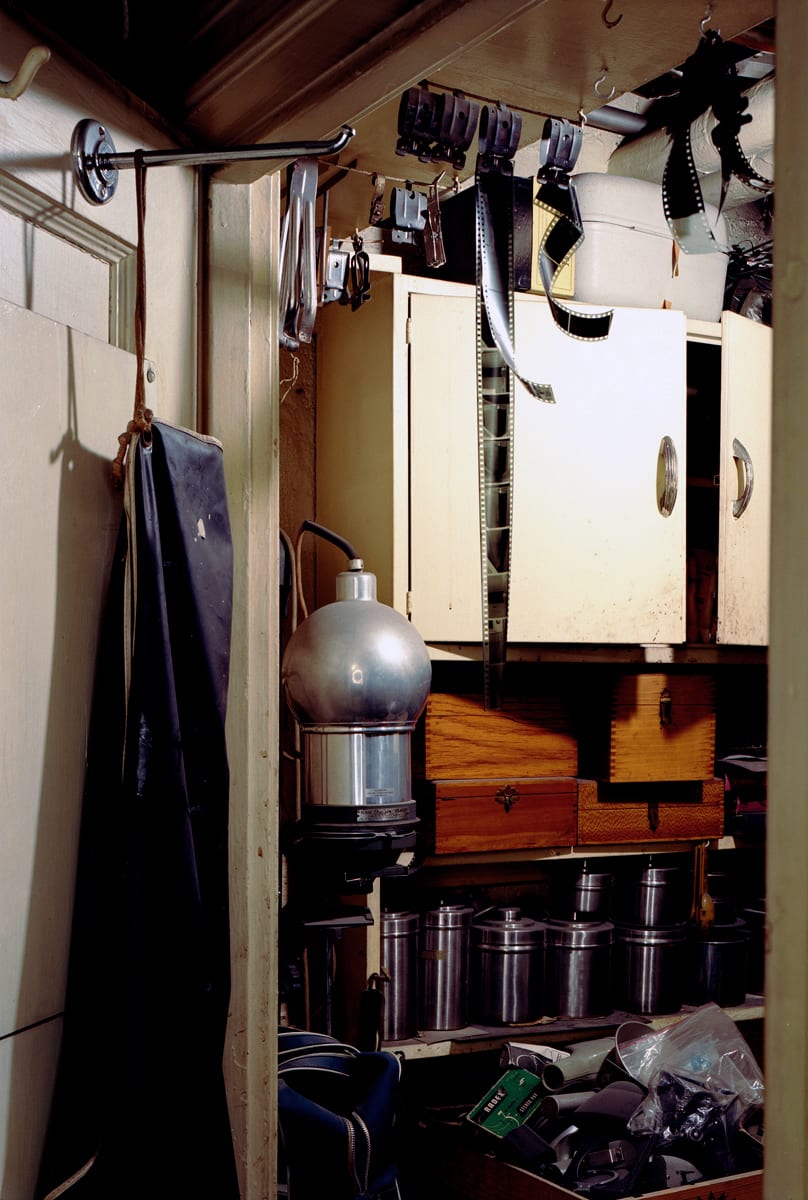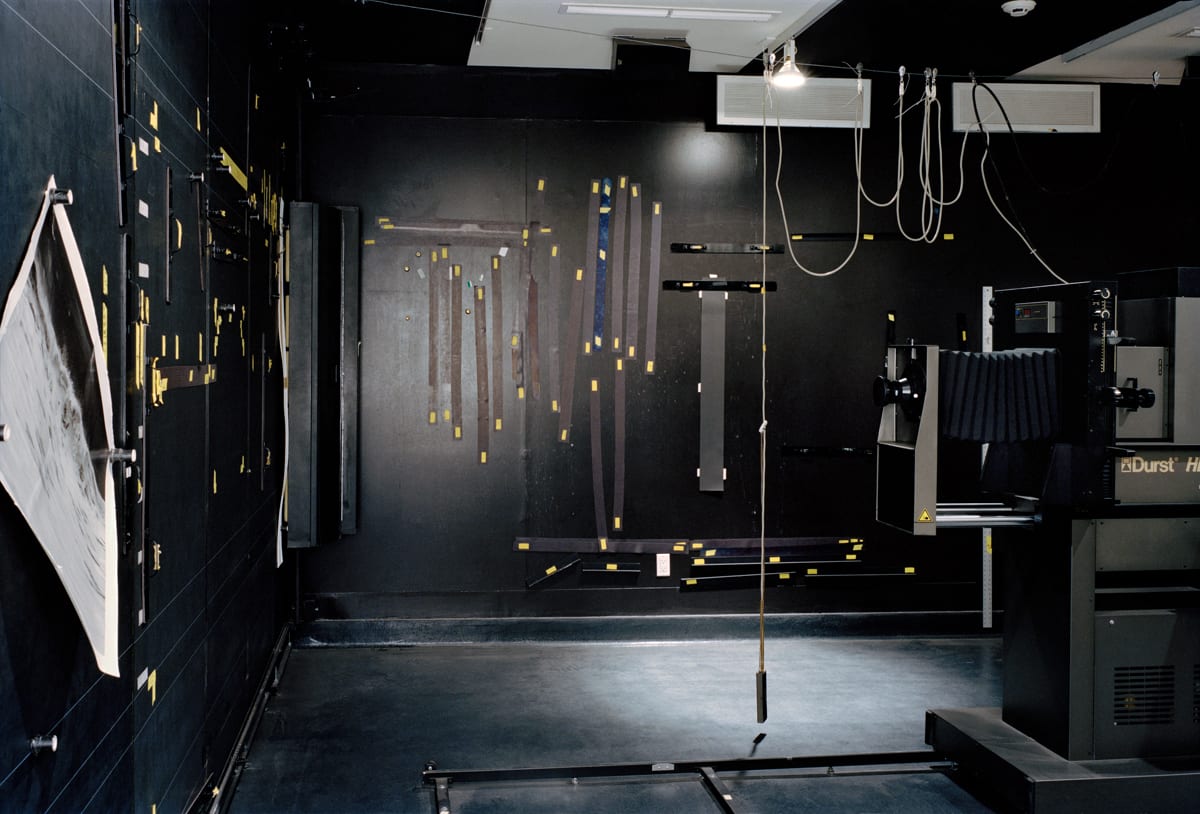Brighton-based camera manufacturer Intrepid Camera Co. has teamed up with British Journal of Photography to launch the Intrepid Enlarger. The Kickstarter campaign for the new Intrepid Enlarger is now live and will end on 03 November 2018. To mark its launch, we delved into British Journal of Photography’s vast archive to explore its coverage of darkrooms over the past century-and-a-half.
Throughout its long history, British Journal of Photography has featured a myriad photography technicians and printers, providing a mixture of in-depth interviews, good practice guides and equipment reviews about the darkroom and the secrets hidden within it.
Founded in 1854, the trade-journal-turned-magazine has been a resource for photographers looking to work in the darkroom, or indeed those already making good use of one. Its archives therefore provide insight into the changing role of the darkroom: from a cornerstone of scientific progress in its early days to the social and thriving hub it was at its peak, right through to its near-demise as the digital revolution took hold.
After combing through the magazine’s extensive archive we have selected some of the most insightful explorations of the darkroom. What may now seem like trivial concerns over darkroom cleanliness, equipment and design, these were once the journal’s focus and were the talk of the photography industry. Here, we take a look at some of the most insightful and intriguing contemplations on the darkroom.
—

An emblem of personal hygiene
In the first half of the 20th century, the darkroom was regarded as an extension of the photographer and their personal cleanliness.
In a feature written in 1916, entitled Ex Cathedra: Clean Dark-Rooms, the author comments on the apparent lack of cleanliness in the darkroom: “Too often the dark-room is not only a laboratory but a depository for rubbish of all sorts, with hardly enough room for the operator to stand in without coming into collision with the disused washing tanks, old lamps and other lumber.”
By 1948, the conversation was still centred on the dangers of a dirty darkroom. Author John Blaxland writes: “Personal cleanliness is a very big point, too, and the chap with the well-greased hair should be warned never to touch photographic materials after combing his hair; long polished fingernails, too, might be all very well at the reception desk, but they should certainly never handle wet prints and negatives.” Taking up two pages, this editorial proves just how important darkroom cleanliness was for printers and photographers operating in the late ‘40s.
—

A community hub
BJP’s October 1996 issue sheds light on the often-overlooked social dimension of the darkroom.
Howard Sooley, a portrait photographer who, at the time, was printing shoots for American Vogue and Gardens Illustrated, explains how the photographer can “get very isolated, freelancing and working at home in his own darkroom.” He goes on to highlight how valuable it is to “get out of the house and mix with other photographers, share ideas and techniques… After all, it is not just about enlargers, but also about the social element.”
This idea of the darkroom as a collaborative and communal space is echoed in an article published in 2001 by Gina Glover, a founding member of the south London-based photography centre Photofusion. While today, many think of the darkroom as a solitary space, Glover pays homage to the darkroom for the competitive spirit it fostered. Much like modern coworking set-ups, the public darkroom promoted interactions across generations and experience levels. In a spread titled Return to the Dark, Glover explains that the camaraderie and support found at Photofusion helps photographers to produce their best work: “There is still a demand in fashion and portraiture for colour and b&w photographs, so you will get professional photographers using us alongside students and local, passionate amateurs. The professionals intrigue and inspire everyone else, and they network together in the membership room.” It is this combination that gave her darkrooms “a buzz”.
—

An alchemist’s paradise
From its inception, the mystery and magic associated with the darkroom have attracted photographers and printers alike.
In an editorial written in 1996, award-winning photographer Clint Hughes expresses his appreciation of the enchanting quality of the darkroom: “I remember developing my first ever black-and-white print in the college darkroom, witnessing the magic as the image forms on the paper. I still love watching the image forming in the developer today.” Transforming raw materials into works of art, the darkroom, replete with its concoction of chemicals and solutions, and variety of technical machinery, such as enlargers and processors, appeals to the alchemist within us. Dim lighting, distinctive aromas and special equipment all contribute to making the darkroom such a beguiling and alluring space.
—

Owning the image
Darkrooms place the power back into the hands of the photographer. This is arguably the most significant factor in their revival.
The ability to manipulate, alter and experiment with your own film has proved a constant source of attraction. In the September 1999 issue of British Journal of Photography, John Boyce of Odyssey Sales, one of the then leading photography equipment manufacturers, muses about the increase in darkroom equipment sales: “the mood of the market currently indicates a renaissance in traditional photographic practice, which at one time seemed threatened by the development of digital systems. While the demand for capable digital systems is still growing, the market seems to have settled to a point where many photographers are also recognising the benefits, and the pleasures, of handling their own darkroom work and chemical processing,” he says.
—
Click here to contribute to the Intrepid Enlarger Kickstarter. Pledgers will be given a reward of their choice and will be able to purchase the enlarger at a special price, before the release date.
The Intrepid Enlarger Kickstarter is supported by British Journal of Photography. Please click here for more information on sponsored content funding at British Journal of Photography.

